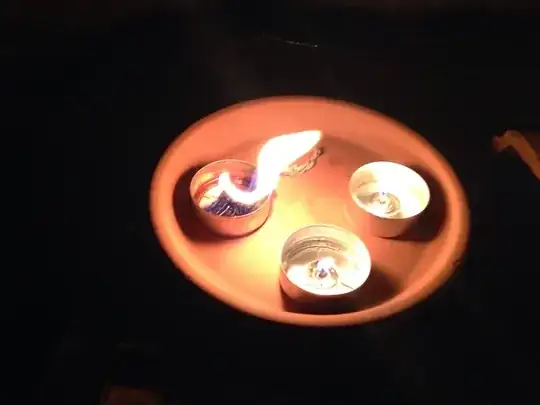In a sense, wax does not burn, at least not in the same way that, for instance, magnesium burns. Instead wax gets hot and vaporizes, and the vaporized wax is what burns. The heat of combustion vaporizes more wax, and the process continues.
A candle wick works by forming a conduit for the pool of melted wax which forms around the base of the exposed wick. The melted wax is transported up the wick by capillary action, vaporized by the flame, and combustion takes place.
When you light a candle, it starts out by actually burning part of the wick, which provides enough heat to melt some of the wax and the candle can then burn normally.
Wicks also need to be sufficiently stiff, or they will curl over under their own weight and either accumulate in the wax pool or spill over down the side of the candle.

